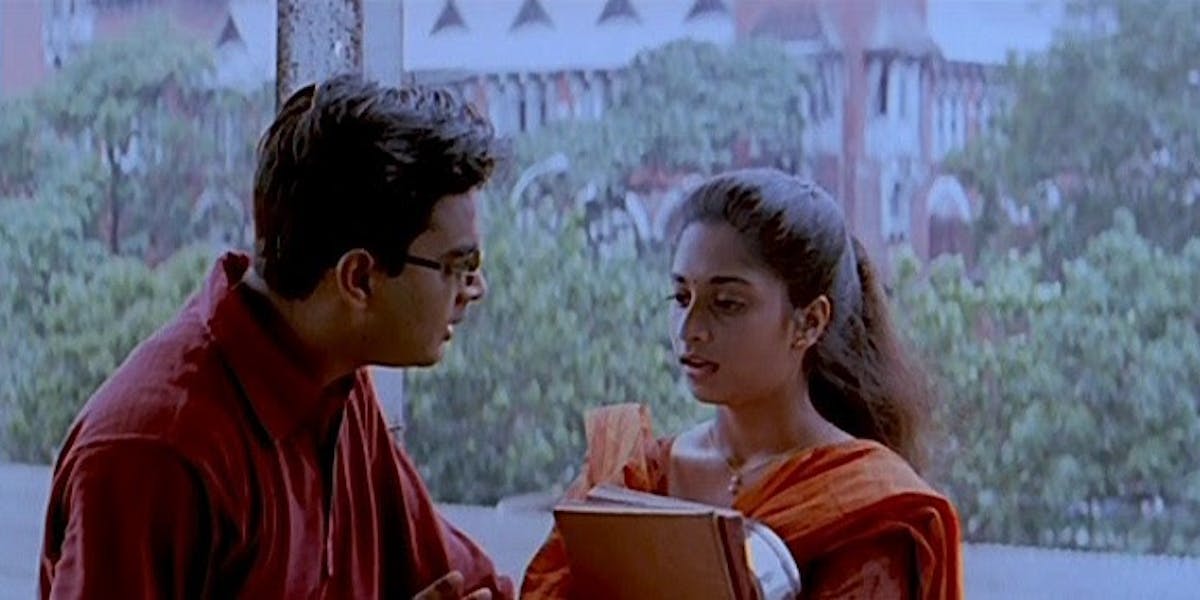
Author
Amuthan M
Amuthan shows great interest towards post-modern story narration and loves analysing and writing about them. He is persistently trying to understand the minds of creators of arts and how they construct the society.

Movies are purely made for entertaining the audience. However, most of my binge-watching sessions with friends never get over without at least one of them asking, “Dude, is this believable?”. As a reader of this post, or as a mere fan of films, what do you think about the term realism? Most of you might have already heard about this. To a considerable extent, Realism explains how far things are from reality. This signifies that the genre of the film doesn’t have any influence over the realism it portrays. A film can involve fantasy, magic, flying cars and robots and still carry realism in it. Realism doesn’t necessarily translate to a realistic story. It is in fact about the way a story is told to the audience. It is about believable characters, believable situations and believable decision-making getting portrayed in the story. Even if a flying car that talks is portrayed in a film, as long as it aligns with the logic of the story, it will not affect realism. On the other hand, acts like dying for friendship and exaggeration of a character’s capacity carry the potential to collapse realism. Ok, if you are confused, let us get into the post, and analyze with examples.

Image from 'Thalapathi'
Most of the occurrences in Thalapathi are pretty far from reality. For instance, after Rajini murders Mammootty’s brother, he makes sure Rajini gets his bail. He even acknowledges that the fault lied on his brother. All of a sudden, they become soulmates, without any strong connection. The mise-en-scene and metaphors portrayed in Maniratnam’s movies are great in terms of filmography, but when viewed through the lens of realism, there are many things to pin. Almost every character he sculpts is far from reality, their actions and dialogues are matured and legend like. An old uneducated woman in real life will not be anything like the ones we see in his films.
Maniratnam has done some great movies where he has done justice to realism, for instance in his romantic poetry Alai Payuthey. He has handled petty sceptical questions such as “Does a loved one whom we have known only for a short span deserve more importance than our parents?”. Maniratnam’s answer to this question was a plain yes. However, it did not affect the realism. But how? The secret is Verisimilitude.
Verisimilitude is a powerful weapon in storytelling, one has been used heavily by both classical and postmodern writers. In other words, it is the technique the writers use to justify the unrealistic plots, or the illogical decisions made by the characters and deliver it in a believable way to the audience”. Coming back to Alai Payuthe, after being rejected by Shalini’s parents, Madhavan still goes behind Shalini and tries to talk to her. Both of them are faced with the question discussed above. They start thinking about it and in the process, decide to stay away from each other for a few days.

Image from 'Alaipayuthe'
Maniratnam stages his Verisimilitude beautifully through the song “Evano Oruvan Vaasikkiran” before concluding that love interests come before parents. The song shows how they suffer due to separation and how much they miss each other. They fail to withhold their feelings, and finally join together. They realize that trying to find an answer to the question will not change their fate, and thus the question is now nothing. However, from the perspective of the characters, the question essentially has no answer. The only reason they get back is that they wanted to be together and the song and the visual interpretation of feelings portrayed is the Verisimilitude that justifies it.

Image from 'Life of Pi'
Verisimilitude is a strong and old technique which is still valued. In some films, a major part of the story will be realistic. In the movie life of pi, the first half of the story strongly laid the foundation of verisi. The writer shows the protagonist’s interest in zoological life, Animalia and nature. So, when the tiger, fishes and other animals are brought into the story in the second part and the protagonist is shown to be interacting with them, it is believable. Now, the same wouldn’t have been possible if the first half of the story had just portrayed the school life, and love story of the protagonist. The writer leverages this believability to tell magical stories revolving around animals.

Image from 'The Dark Knight'
Without doubt, Chris Nolan’s Batman trilogy is one of the most realistic Superhero stories ever told. All superpowers shown in the film are limited as applicable to reality, and the character’s vision, power is brilliantly detailed. When Batman wanted to buy super material for his suit, the assistant suggests to order at least 1000 super materials, as ordering just one may raise doubts. Superhero movies mostly deal with the scope of “saving society”. But are people that generous? The character of Harvey dent shattered this perception of generosity. The character of Batman was also shaped in the way of “Sacrificing himself, for his satisfaction”, in many places.

Image from 'Gangs of Wasseypur'
Some movies just show things the way they are without any Verisimilitude or other techniques. Gangs of Wasseypur is an excellent case study for this. In Bollywood or even Tamil cinema, the first night is often replaced by duet songs. Gangs of Wasseypur trolls this practice by showing the characters having sex, which is indeed what happens in the first night. Secondly, gangsters and muscle men don’t need to sport a 6 pack always. In real life, every one of us perceive ourselves (including me) as heroes of a film or story. The film even describes how humans struggle to accept that we are just normal humans.
On concluding, we are left with the question “Is realistic cinema the best?” The answer would be a plain no. People invented entertainment platform just for forgetting the reality they are in and have a good time. To be frank, over realism can also be pretty boring. Taste varies from audience to audience. So the opposite of the above statement also applies.
DISCLAIMER: The opinions or views expressed are views of the individual writers and not of the institution. All forms of content published in this website and Student Journalist Council - GCT's social media handles are strictly properties of Student Journalist Council - GCT and are works of the various teams of the respective academic years.
No article, story or any form of content produced by Student Journalist Council - GCT is meant to be reproduced or distributed, either in parts or whole, without prior permission from Student Journalist Council - GCT for any purposes.